AM: Out of the 25 dealers that have adopted the new maximum rate, what are they typically selling at?
SH: Different dealer groups have adopted different approaches. Some of them are starting at 10.9, because we all agree that’s fair and reasonable, and then, if the customer requires it, they’re coming down.
It’s helpful for them to be able to say, ‘look, BMW has set this rate of 10.9%, and we all think it’s fair, because you’re a special customer, or because you’ve got a particular focus on the rate, we’re prepared to offer you 9.9’.
So, they’re offering a discount in the same way as they do with a car. There are dealers out there that are starting with 9.9, because they prefer that single figure offering.
Our next challenge will be to consider a lower, fixed rate. One idea is 8.9%. Banks and direct lenders don’t offer a variation of rates. They offer one rate – you buy a loan from us, it’s one rate, and we’re looking at that as potentially being the inevitable outcome, and we have one dealer group that’s going to be piloting that model for us, at 8.9%.
AM: So you’re starting at 10.9% now, but you could actually come down to a blanket rate?
SH: Yes. We see this as a journey. To really deliver the most customer-centric and fully-compliant model is going to take some time for us to really understand what it looks and feels like.
AM: The FCA is saying the same.
SH: Sure, and we need to take feedback from our customers. We need to take feedback from all of our stakeholders, our regulator and then our dealers, in that order. The end game is yet to be fully-formed, so what we’ve done is taken a very significant step on that journey, and the way we evolve and adapt in the future will undoubtedly take us in slightly different directions. But as long as it’s always pointing at the same goal, and we end up with a model that’s as customer-focused as we can possibly be, then we’ve achieved our objective.
AM: When will you know whether the 8.9% pilot is successful, and therefore you could roll it out to the network?
SH: There are three questions that I need to be able to answer before I’d recommend that to our board. First of all, how has the current 10.9 model affected our customer experience? And what feedback have we had from the regulator?
We’re expecting the regulator to come to us quite early with a view, because we’re such an important player in the market.
And third, how have the dealers responded?
How has the 8.9% model worked with this individual dealer group?
Undoubtedly from a customer point of view, one rate at a very competitive level, with less negotiation, is better, but we also have to be a sustainable business.
AM: Do you know what other manufacturers’ or suppliers' rates are, typically?
SH: Yes. We do a lot of market research. We also, not surprisingly, have a lot of past colleagues and contacts in these other companies, and if you look at the likes of VWFS, it’s centring around 11.9. Black Horse seems to be comfortable with 13.9% and 14.9%. Quite a number of them are looking at this cap discount structure, and part of the reason we decided to go earlier than everyone else was to try and influence the market. We wanted a lead on this. We felt it was important enough to show a strong leading first impression.
AM: How have you changed the way dealers earn from selling finance?
SH: We used to pay our dealers exclusively on the rate that they sell at, so the higher the interest, the more they earn, and the more volume they provided, the more they would earn on a volume bonus.
We decided that volume bonus wasn’t a helpful indicator for customer experience, and it certainly wasn’t something that the regulator encourages, so the volume bonus has gone.
We still pay based on the rate, but it’s on a discount structure, so they earn less the lower the rate, but it’s fairly healthy at that 10.9% anyway.
But there’s also a significant portion of the money that a dealer can earn on a performance bonus based on customer satisfaction.
There are four KPIs: customer satisfaction, retention, used car penetration, and dealer investment.
The latter is the level of investment that a dealer puts into customer infrastructure like group compliance officers, group training managers and so on.
What we’ve already seen is that penetration’s improving in dealers that have embraced the new rate.
The simplicity of it has provided a clear advantage, dealers tells us.
Dealers and the salespeople find it very simple to implement and customers understand it. We’ve already had lots of feedback to say that the fees being taken away has been really well responded to. It’s all quite anecdotal at this stage, bearing in mind it only launched on October 1, but we’re confident that we’ll be able to demonstrate a measure of all effects quite early.




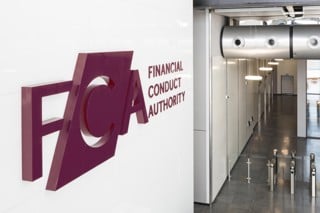

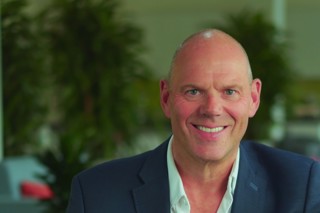

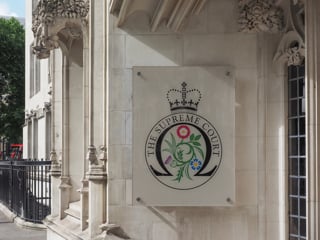

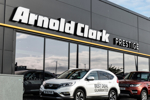










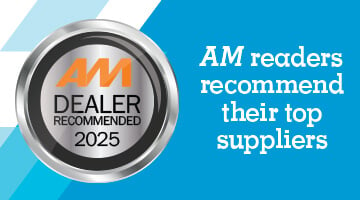
Steve Boucher - 05/12/2014 17:03
It's interesting to see that the new BMW Finance advertised rate of 10.9% is higher than the average rate BMW dealers have been charging - could someone explain how this is putting customers first? I appreciate that dealers can discount down the rate, but if you are 'treating customers fairly', shouldn't you be offering all of your customers the lowest discounted rate?